Audience Development Nirvana: Think Customer Retention

Hopefully, you are confident in the quantity and quality of your customer data and your understanding of your customers’ needs, desires, expectations and tastes. Solidifying your long-term customer retention strategy is a great first step towards making a dent in your audience development goals. In order to formulate an effective strategy, we need to first look at customer segmentation and define who our best customers are and which customers are part of our ‘lapsed customer’ segment.
Maintain and Retain!
Why start with customer retention when tackling audience development? Simple economics. It takes less work and is far less expensive and time-consuming to retain your current customers (or even win back lapsed customers) then it does to attract new ones. Think about it: current and lapsed customers are already familiar with you and your venue - they have already engaged with your programmes. The awareness part of your job is already done versus new customers who still need to get to know you.
But before we start trying to entice lapsed customers back, we need to define who they are. A good method of defining lapsed customers is to identify your best customers first and then work back through the various segments. These segments will likely be very specific to the needs of your organisation.
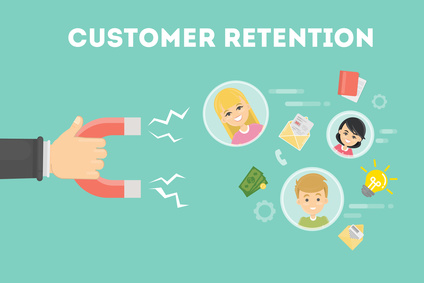
Getting to Know Your Segments
So how do we define our various segments? Certainly how you define your segments is a very individual decision depending on what type of arts venue, organisation or festival you are and the programmes you run. However, generally speaking, we can segment our customers in the following way:
-
Best customers could be seen as customers who purchased over £250 within the last 12 months.
-
Current customers could be described as customers who have attended your venue twice within the last 12 months.
-
Lapsed customers could be identified as customers who have not purchased within the last 12 months but have purchased within the last three years.
Again, when segmenting your customers, it’s important to consider the needs of your own organisation. For example, if you are a weekend festival, you might define current customers as customers who have attended twice in the past four years. Or if you run a weekly comedy club, you might have a different frequency requirement. However you define your customer segments, the key is to ensure your best and current customers do not slip into the lapsed customer segment.
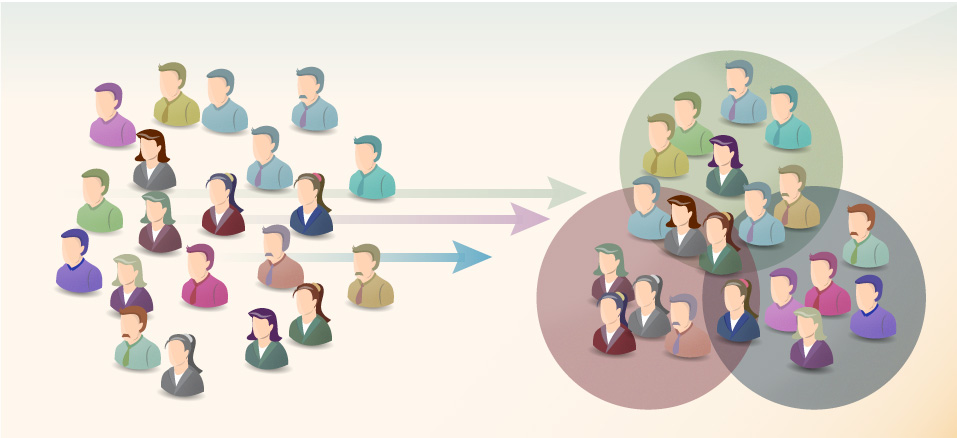
Make Smart Marketing the Basis of your Strategy
Now before we get into the ins and outs of customer retention, there a key idea that should form the basis of your customer retention strategy: smart marketing.
Smart marketing's main drive is about making decisive marketing campaign decisions and not taking a blind guess at what works at attracting potential audience members (and lapsed customers back). The key tool of smart marketing is knowing what works (and does not work) for your organisation and using this as a strength so that you don’t waste valuable resources. Data is your friend when it comes to smart marketing! Using your data will inform your marketing campaigns and will let you pivot away from things that don’t work towards things that do.
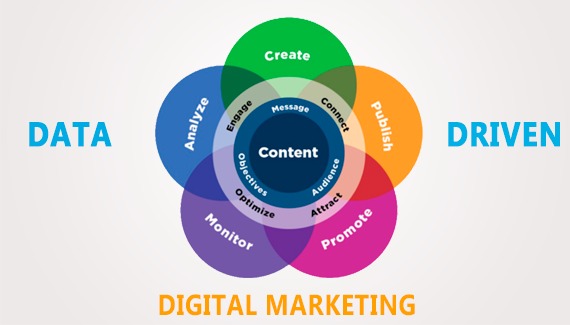
Take for example Google Analytics. When was the last time you gave yourself 10 or 15 minutes to really examine conversion rates? What is Google Analytics telling you about basket sizes or purchasing patterns? This is one of the crucial data points that will help you solve the puzzle of customer retention. It will tell you whether or not you are offering your customers that sense of excitement and joy when they purchase tickets for your venue or festival.
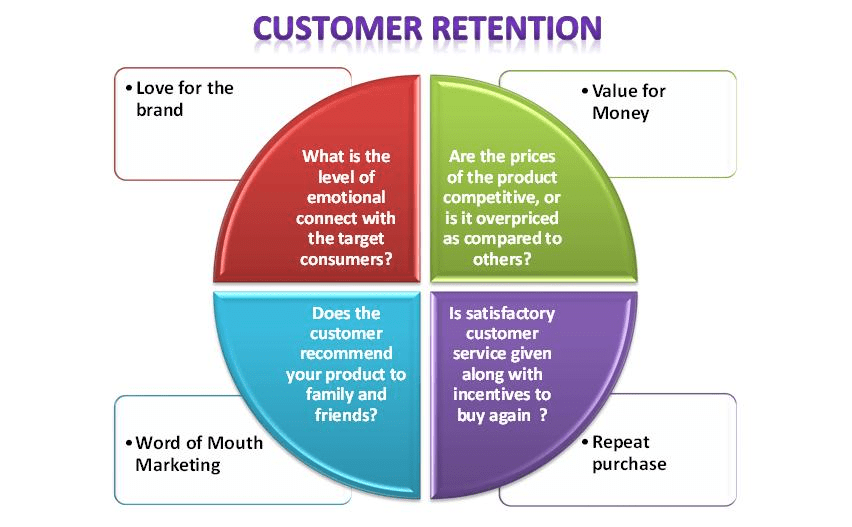
The Ingredients to Strong Customer Retention
-
Loyalty and Rewarding Relationships
Have you considered membership schemes? If you are currently operating a membership system, are these offerings really enticing your customers? How many customers renewed their membership the second year? How many customers did not? Did they feel that their loyalty was or perhaps was not rewarded? Membership and loyalty should show your members that you value them. Your audience should not feel that their membership was a waste of time and money.
Tip: If the data you have doesn’t make it clear what your members really value, don’t be afraid to ask them! Even a simple email could do the trick and shows you are actively listening to their needs.
-
Segmenting Your Customer Segments and Making Intuitive Communication with Each Segment
We have all heard the saying that ‘no two people are the same’, so why would we communicate to each of our segments in the same way? Match the communication channel and strategy to each segment for a real win. Targeted, customer specific communication is much more effective and efficient to entice them back, and more importantly, to highlight their importance to your organisation.
-
Utilising the Power of the Frontline, Your Box Office
After spending weeks or months building up the excitement around opening night, the launch of your new season or festival, it is important to drive this momentum right up until the end; as they are leaving your venue and the days following. Believe it or not, these two times, as they are leaving and the few days following your event are central to our all-important customer retention. Why? Because your patrons are still riding high on the fantastic experiences they have just had - this is when they are most likely to buy again, or even consider a membership or donation.
Try identifying your best customers before a show, and ensure your box office is confident in how to engage with them upon their arrival and departure. Have you started a new refurbishment project? Tell your customers as they arrive or depart! Are you telling your customers in person about the next wonderful events that are part of this season? Did front of house ask your customers if they enjoyed the show as they leave? If they did what are the recommendations that you would offer them? If they did not enjoy the production find out why! Sometimes the most interesting conversations are sparked with customers and give us the chance to learn from their own thoughts and experiences.
Tip: Remember that Ticketsolve’s Mailchimp integration can help you build up excitement before the show and help you follow up after the show automatically. Automated workflows allow you to create pre-event emails as well as post-event follow up emails. Both are a great way to touch base with your customers!
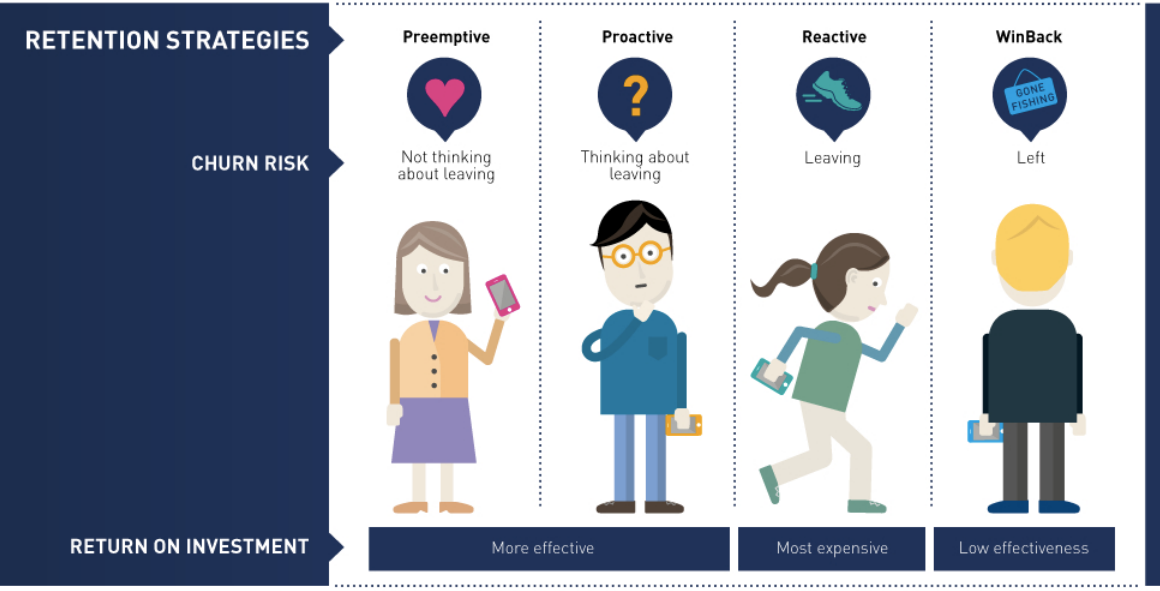
There are a lot of different methods you can use to better engage with customers to improve customer retention and ultimately make a good start with your audience development strategy. Be sure to trial and test your ideas so you can really refine your campaigns to map to your customers purchasing patterns and increase attendance. Take the time to examine the evidence and base your campaigns on data. From these tips and tools, you should get a better understanding of conversion rates, basket sizes and learn the magic recipe, that will be unique to your own organisation, in maintaining meaningful customer relationships.
Categories
Recent posts
Archive
- December 2025 (2)
- November 2025 (1)
- October 2025 (3)
- September 2025 (1)
- August 2025 (3)
- July 2025 (3)
- June 2025 (3)
- May 2025 (4)
- April 2025 (5)
- March 2025 (5)
- February 2025 (4)
- January 2025 (4)
- December 2024 (3)
- November 2024 (5)
- October 2024 (4)
- September 2024 (7)
- August 2024 (5)
- July 2024 (3)
- June 2024 (3)
- May 2024 (3)
- April 2024 (3)
- March 2024 (4)
- February 2024 (5)
- January 2024 (3)
- December 2023 (3)
- November 2023 (4)
- October 2023 (4)
- September 2023 (5)
- August 2023 (3)
- July 2023 (4)
- June 2023 (4)
- May 2023 (5)
- April 2023 (4)
- March 2023 (4)
- February 2023 (5)
- January 2023 (4)
- December 2022 (4)
- November 2022 (3)
- October 2022 (4)
- September 2022 (5)
- August 2022 (2)
- July 2022 (4)
- June 2022 (5)
- May 2022 (4)
- April 2022 (5)
- March 2022 (3)
- February 2022 (4)
- January 2022 (4)
- December 2021 (2)
- November 2021 (3)
- October 2021 (5)
- September 2021 (4)
- August 2021 (4)
- July 2021 (3)
- June 2021 (4)
- May 2021 (2)
- April 2021 (4)
- March 2021 (5)
- February 2021 (4)
- January 2021 (5)
- December 2020 (4)
- November 2020 (4)
- October 2020 (5)
- September 2020 (5)
- August 2020 (4)
- July 2020 (7)
- June 2020 (5)
- May 2020 (5)
- April 2020 (5)
- March 2020 (8)
- February 2020 (4)
- January 2020 (5)
- December 2019 (3)
- November 2019 (5)
- October 2019 (4)
- September 2019 (4)
- August 2019 (5)
- July 2019 (4)
- June 2019 (4)
- May 2019 (5)
- April 2019 (4)
- March 2019 (4)
- February 2019 (3)
- January 2019 (5)
- December 2018 (4)
- November 2018 (8)
- October 2018 (2)
- September 2018 (3)
- August 2018 (5)
- July 2018 (4)
- June 2018 (4)
- May 2018 (1)
- April 2018 (1)
- March 2018 (3)
- February 2018 (2)
- December 2017 (2)
- November 2017 (3)
- October 2017 (4)
- September 2017 (2)
- August 2017 (1)
- July 2017 (5)
- June 2017 (3)
- May 2017 (2)
- April 2017 (3)
- March 2017 (2)
- February 2017 (3)
- January 2017 (3)
- December 2016 (4)
- November 2016 (1)
- September 2016 (1)
- July 2016 (3)
- June 2016 (1)
- May 2016 (2)
- April 2016 (2)
- February 2016 (1)
- January 2016 (3)
- December 2015 (2)
- September 2015 (1)
- August 2015 (2)
- July 2015 (1)
- June 2015 (2)
- May 2015 (2)
- April 2015 (5)
- March 2015 (2)
- February 2015 (2)
- January 2015 (4)
- December 2014 (3)
- November 2014 (3)
- October 2014 (2)
- September 2014 (3)
- August 2014 (3)
- July 2014 (3)
- June 2014 (7)
- May 2014 (6)
- April 2014 (3)
- March 2014 (2)
- February 2014 (1)
- January 2014 (3)
- December 2013 (1)
- August 2013 (1)
- June 2013 (1)
- April 2013 (1)
Sign up for regular updates


